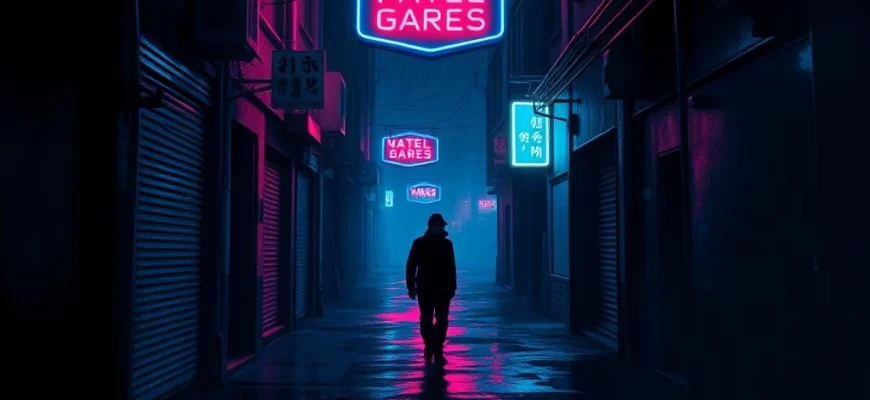If you were captivated by the dark, atmospheric world of 'Only God Forgives' (2013), you're in for a treat. This article explores 10 movies and shows that share its intense visuals, brooding themes, and visceral storytelling. Whether you're drawn to its neon-lit brutality or its philosophical undertones, these recommendations will satisfy your craving for similarly gripping cinema.
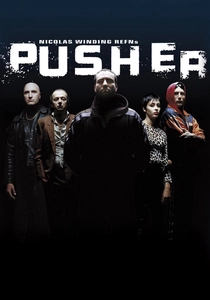
Pusher (1996)
Description: Delves into the gritty underworld of crime, featuring a protagonist whose life spirals out of control due to poor decisions. The raw, unfiltered storytelling and intense realism create a palpable sense of desperation.
Fact: The film was shot on a very low budget, using handheld cameras to achieve a documentary-like feel. It was the director's debut feature and later spawned two sequels and a British remake.
 Watch Now
Watch Now 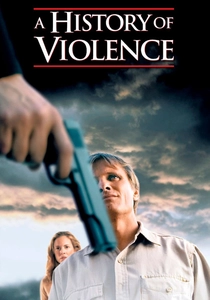
A History of Violence (2005)
Description: Examines the duality of human nature, juxtaposing domestic tranquility with explosive brutality. The film's deliberate pacing and shocking violence underscore its exploration of identity and past sins.
Fact: The film was adapted from a graphic novel of the same name. Its climactic fight scene was choreographed to appear as raw and unscripted as possible.
 Watch Now
Watch Now 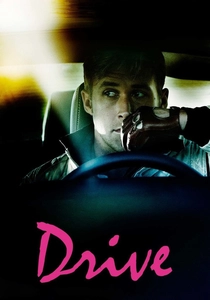
Drive (2011)
Description: Features a protagonist with a quiet, brooding demeanor, engaging in brutal violence while navigating a morally ambiguous underworld. The film's neon-lit visuals and synth-heavy soundtrack create a dreamlike, atmospheric tension.
Fact: The iconic scorpion jacket worn by the protagonist was inspired by a similar jacket from the 1986 film 'The Wraith.' The movie's soundtrack became a cultural phenomenon, blending retro synth-pop with modern electronic music.
 Watch Now
Watch Now 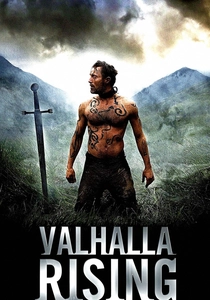
Valhalla Rising (2009)
Description: A visually arresting, slow-burning odyssey filled with existential themes and brutal violence. The sparse dialogue and haunting landscapes contribute to a meditative yet unsettling experience.
Fact: The film was shot in Scotland, but its setting is deliberately ambiguous to enhance its mythic quality. The protagonist, known only as 'One-Eye,' communicates solely through grunts and gestures.
 Watch Now
Watch Now 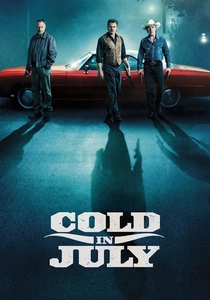
Cold in July (2014)
Description: A tense, unpredictable thriller that delves into moral ambiguity and revenge. The film's atmospheric tension and sudden bursts of violence keep viewers on edge.
Fact: The movie is set in the 1980s and features a synth-heavy score reminiscent of classic horror and thriller films from that era. The story takes several unexpected twists, subverting genre expectations.
 Watch Now
Watch Now 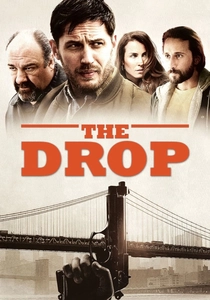
The Drop (2014)
Description: A slow-burning crime drama that explores themes of loyalty, betrayal, and hidden violence. The film's muted color palette and restrained performances heighten its sense of impending doom.
Fact: The screenplay was adapted from a short story by the author of 'Mystic River.' The film marked the final on-screen performance of James Gandolfini.
 Watch Now
Watch Now 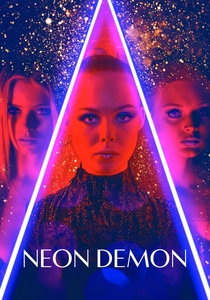
The Neon Demon (2016)
Description: Explores themes of beauty, obsession, and violence through a surreal, visually striking lens. The film's slow-burning tension and nightmarish imagery evoke a sense of unease and existential dread.
Fact: The film's color palette was heavily influenced by the works of photographer Guy Bourdin. Several scenes were shot in an abandoned Los Angeles morgue to enhance the eerie atmosphere.
 Watch Now
Watch Now 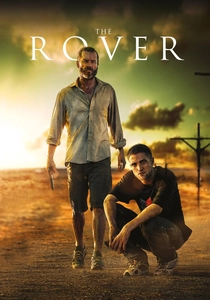
The Rover (2014)
Description: A bleak, post-apocalyptic tale of revenge and survival, featuring a stoic protagonist driven by a singular purpose. The film's desolate landscapes and sparse dialogue amplify its existential weight.
Fact: The movie was shot in the harsh, remote deserts of Australia to emphasize its dystopian setting. The director intentionally avoided explaining the apocalypse's cause to focus on character dynamics.
 Watch Now
Watch Now 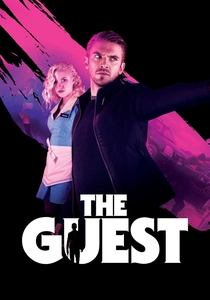
The Guest (2014)
Description: Blends psychological tension with explosive violence, featuring a charismatic yet dangerous outsider. The synth-driven soundtrack and retro aesthetic amplify the film's stylish, unsettling tone.
Fact: The film pays homage to 1980s thrillers, particularly those featuring enigmatic antiheroes. The soundtrack was composed by the same team behind the score for 'Drive.'
 Watch Now
Watch Now 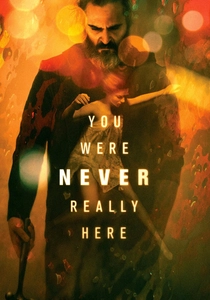
You Were Never Really Here (2017)
Description: Centers on a traumatized enforcer navigating a world of corruption and brutality. The film's fragmented storytelling and intense focus on the protagonist's psyche create a harrowing, immersive experience.
Fact: The entire film was shot in just 30 days. The director opted for minimal CGI, relying on practical effects to maintain realism.
 Watch Now
Watch Now 
